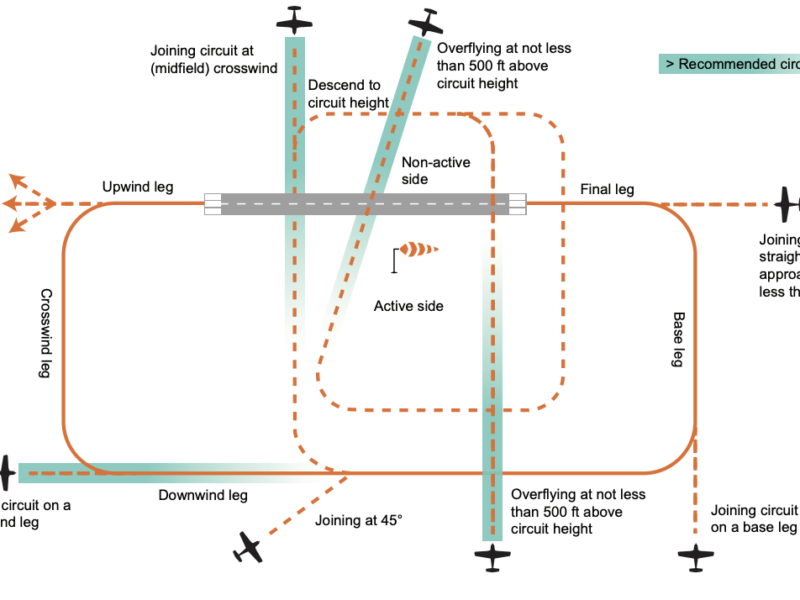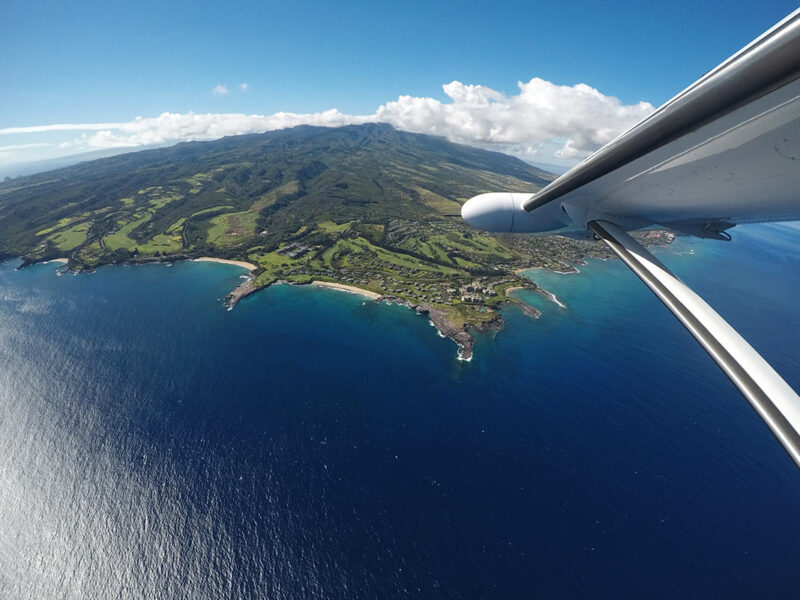Documents and Airworthiness
Q: With respect the Air Regulations, what documents are required to be on board for every flight.
A: Certificate of Registration, Certificate of Airworthiness, Weight and Balance Report, Journey Logbook, POH, Licences (radiotelephone medical, and pilots licence), Interception Orders, proof of insurance.
Certificate of Registration
Q: What does the Certificate of Registration tell you?
A: Gives the nationality and registration mark, aircraft manufacturer, model and serial number, the purpose, name and address of the owner, owner registration date, certificate issue date, and signature for the Minister of Transport.
Q: How long is the Certificate of Registration valid? What invalidates it?
A: Remains valid as long as the ownership does not change, or the owner’s address does not change. It becomes invalid when the aircraft is destroyed or taken out of service permanently.
Q: How long does the owner of an aircraft have to notify the Minister of Transport for a change of address?
A: 7 Days
Q: What is the procedure with respect to the Certificate of Registration when the aircraft is sold?
A: To effect a change of ownership, the reverse side of the Certificate of Registration must be filled out and mailed to the Minister of Transport within 7 days.
Certificate of Airworthiness
Q: For how long is the original Certificate of Airworthiness valid?
A: Indefinitely, if the aircraft continues to meet the conditions under which it was issued, that is, as long as the aircraft is maintained in accordance with the requirements of the controlling agency.
Q: What temporarily invalidates the Certificate of Airworthiness?
A: Failure to comply with Airworthiness Directives, failure to do required maintenance, an action that contradicts the POH, minor or major accident, snag written in the journey logbook.
Q: How often must the Certificate of Airworthiness be re-validated?
A: Once a year of every 100 hours, whichever comes first.
Q: How is it revalidated?
A: By submitting an Annual Airworthiness Information Report
Q: Is a Certificate of Airworthiness issued for amateur-built aircraft?
A: No, Amateur-built aircraft are issued a Flight Permit
Weight and Balance Report
Q: Define Basic Empty Weight (BEW)
A: BEW includes: Weight of the standard airplane, all optional equipment, full oil.
Q: Define maximum takeoff weight
A: Maximum takeoff weight is the maximum weight approved for the start of the takeoff run.
Q: How does the maximum take off weight differ from the maximum ramp weight?
A: Maximum ramp weight includes the fuel that will be used for start, taxi, and run-up. Therefore, as a result of the fuel already burned, maximum takeoff weight will be less than maximum ramp weight.
Q: Who prepares the Weight and Balance document that must be carried on board?
A: The weight and balance document is prepared by the manufacturer of the aircraft.
Q: Show the actual Basic Empty Weight and Gross Weight for the test aircraft.
A: Produce, for inspection, the weight and balance report for the aircraft actually used for the flight test test.
Q: What is the difference between normal and utility categories?
A: The utility category is solely for the purpose of training pilots in certain flight manoeuvres and, therefore, is usually subject to some restrictions. The normal category, maximum gross weight operations are permitted, but certain manoeuvres, such as spins and steep turns, are prohibited.
Q: What can the pilot learn of the categories for which the aircraft is approved as well as any related limitations?
A: Take a look inside the POH
Q: Is an aircraft considered airworthy if overloaded? Why?
A: No. Compliance with weight limitations is part of the airworthiness validity.
Q:How often does an aircraft have to be re-weighed?
A: If a change in weight of more than 2% of the empty weight has occurred.
Q: What important information is found on the original Weight and Balance Report that will not be found elsewhere?
A: Date of manufacture of the aircraft, the actual unusable fuel, the amount of full oil.


Re documents to be on-board.
Intercept orders?. Is that part of the emergency procedures? Believe that (Emerg. pro) is a requirement for on board paperwork too. Isn’t it?
I remember it as A R O W J I L E
airworthiness
registration
owners manual
wt and balance
journey log
insurance
licences
emergency procedures
Interception orders I don’t believe are part of emergency procedures. You can find them in the last pages of your CFS (Page F14 or so).
Page 25 of the Aeroplane Flight Manual says:
“Every person operating an aircraft in Canadian airspace should understand the procedures for interception and visual signals. Itis recommended a copy of these procedures be carried on board the aircraft….”
The manufacturer of a small plane is not requird to weigh and balance every plane coming off the assembly line. I beleieve it is every 10th one, but cannot locate traceable information. Help?
Thank You